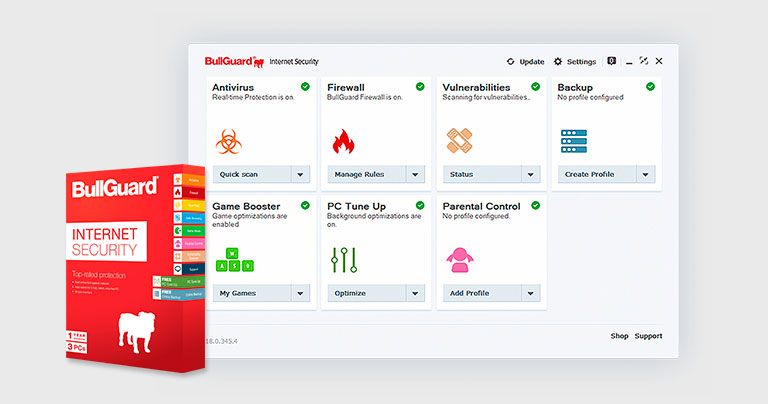
Make note that it is an “in-app purchase” that takes the app out of trial-mode, as this will be important for explaining things later. When a customer decides they like the program enough to buy it, they make an in-app purchase to “unlock” the time restriction imposed by the free trial (or if the free trial already lapsed, then we make their document writable again). That is, you can view and browse your transactions, but you can’t add any more, or use Cloud Sync, etc.

For Banktivity 7, we allow a customer to use the full-featured app for thirty days, then after that, the document becomes read-only. Then include some sort of crippling feature after the trial period expires. To offer a free trial Apple tells you to make your app free. But before I dive-in on the big short-coming, let me explain how free trials and upgrade pricing now work on the App Store. However, I want to explain why Apple’s solution leaves much to be desired. And I can now say Banktivity does have a free trial and upgrade pricing on the Mac App Store. Seriously, our customers have been asking for upgrading pricing and free trials on the Mac App Store since our app was first available on the Mac App Store in 2011. We were ecstatic when we heard this news! Finally, after years of having to try and explain why you couldn’t get upgrade pricing or try the app before buying, a solution now seemed within reach. This changed at Apple’s Worldwide Developer Conference (WWDC) in 2018 when they announced that you could do free trials and get upgrade pricing on their App Stores. Until recently, if you wanted to buy Banktivity on the Mac App Store, you had to pay full price even if it meant you could get upgrade pricing by buying from us.

Top of the list for us was the lack of a free trial and a way to offer a discounted price to existing customers. While the Mac App Store offers some great benefits like automatic updates, easy installations, and convenience when you buy a new Mac, it hasn’t come without its own frustrations.

Nonetheless, we were excited that Apple was bringing this back to the Mac. It’s cousin The App Store (on iOS) had already been out for a couple of years. When we first heard about the new store coming to our beloved Macs, we weren’t entirely surprised. The Mac App Store is almost exactly 8 years old as I write this (it was first released to the public on January 6, 2011).


 0 kommentar(er)
0 kommentar(er)
